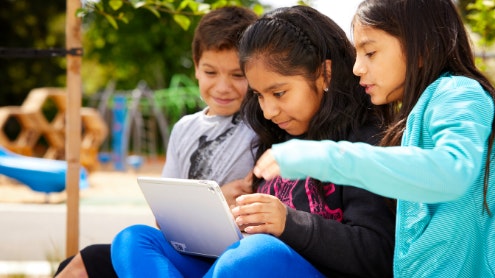Homepage
•
Learning Library
•
Blog
•
Can Your Students Follow the Clues To Identify Facts and Motives?
Expand breadcrumbs
Expand breadcrumbs
- Learning Library
- Blog
- Can Your Students Follow the Clues To Identify Facts and Motives?
- Homepage
- •
- Learning Library
- •
- Blog
- •
- Can Your Students Follow the Clues To Identify Facts and Motives?
Can Your Students Follow the Clues To Identify Facts and Motives?
By Jennifer Snelling
September 8, 2021








